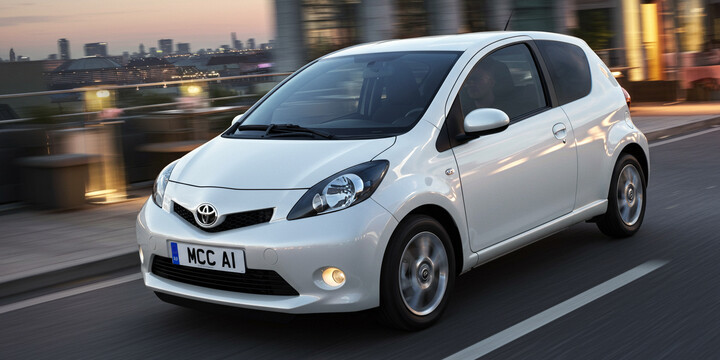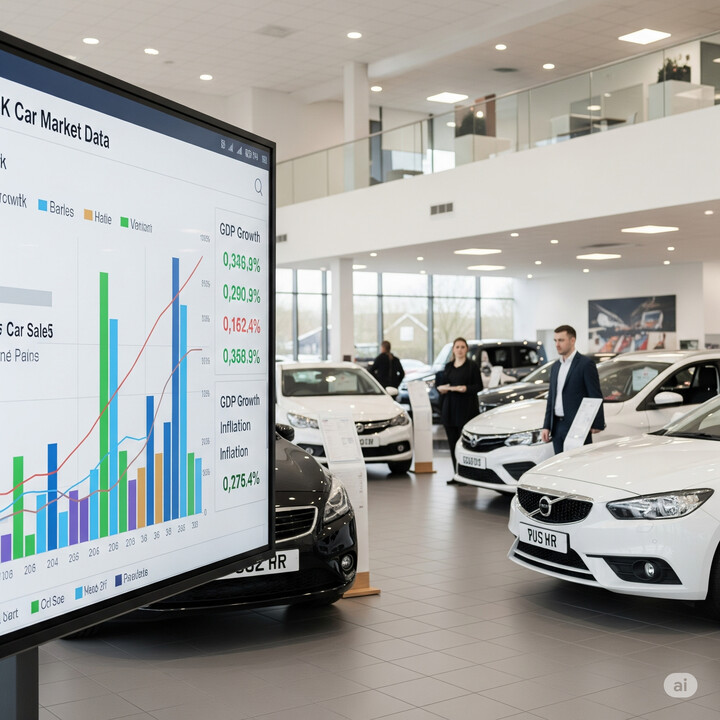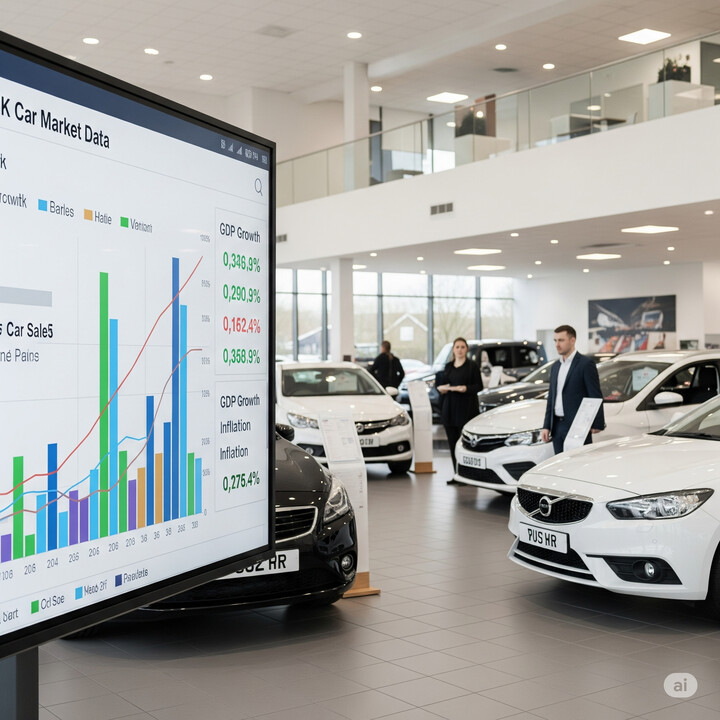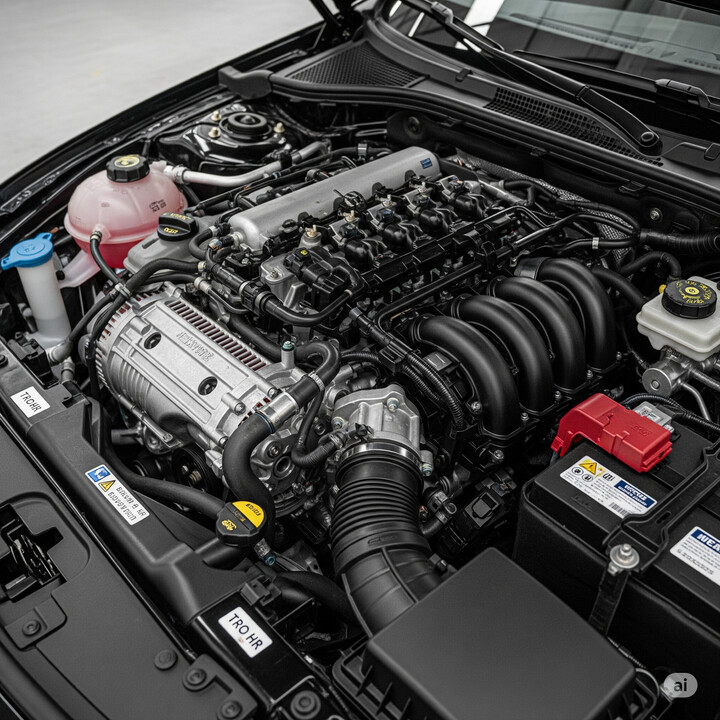
TOYOTA AYGO (2009-12) 3DR HATCHBACK 1.0 VVTI 67 EU5 ICE MMT AUTO5
The TOYOTA AYGO (2009-12) 3DR HATCHBACK 1.0 VVTI 67 EU5 ICE MMT AUTO5 is a compact and stylish city car that's highly popular among urban drivers and first-time buyers in the UK. Renowned for its agility and ease of maneuvering, the AYGO is an ideal choice for city living, short commutes, and those looking for a reliable, economical runabout. With a small footprint but a well-designed interior, it offers a comfortable driving experience, especially appealing to drivers seeking affordability without sacrificing practicality.
What makes the TOYOTA AYGO (2009-12) particularly notable is its excellent fuel economy, thanks to its efficient 1.0-litre engine, making it a cost-effective car for daily use. Its distinctive design and dependable reputation for reliability set it apart from rivals in the small hatchback segment. The vehicle is popular among those with minimal needs, such as students, young professionals, or those who prioritize low running costs. Data from MyCarCheck.com shows a healthy interest in this model, with an average private sale value of around £4,515 and typical mileage of about 46,326 miles, indicating its reputation as a durable and affordable used car option in the UK market.

average use

The most recent mileage data for the Toyota Aygo (2009-12) 3-door hatchback reveals a fairly evenly distributed range across six mileage brackets. Notably, each category—ranging from 10,000 to over 120,000 miles—accounts for approximately 16.7% of the recorded data, indicating no clear clustering at specific mileage points. This suggests a diverse mix of vehicle usage histories within the sample, with vehicles equally spread across low, mid, and high-mileage ranges.

vehicle values

The data indicates that the private sale prices for the 2009-12 Toyota Aygo 1.0 VVTI 67 EU5 ICE MMT AUTO5 are evenly distributed across three price ranges: £3,000-£4,000, £4,000-£5,000, and £5,000-£6,000, each accounting for approximately one-third of the listings. This suggests a balanced market with no dominant valuation point within this spectrum, reflecting a varied private sale market where vehicles can be found at multiple price levels within these ranges.

production years

The data indicates that for the Toyota Aygo models from 2009 to 2012, all observed vehicles in the sample were manufactured in 2011. This suggests a concentration of these vehicles’ production around that year, which could be due to production cycles or higher availability of models from that year. It is noteworthy that no vehicles in the sample are from the other years within the range, highlighting 2011 as the predominant manufacturing year for this specific vehicle model in our dataset.

colour popularity

The data indicates that for the Toyota Aygo (2009-12) 3DR Hatchback 1.0 VVTI 67 EU5 ICE MMT Auto5 models, the main paint colour is evenly split between silver and green, each representing 50% of the sample. This suggests a balanced popularity or availability of these two colours for this vehicle during the specified period, highlighting that both colours are equally common choices among owners or fleet vehicles of this model.

ownership cycle

Based on the data for the Toyota Aygo (2009-12) 3-door hatchback 1.0 VVTI 67 EU5 ICE MMT Auto5, the number of registered keepers varies, with the majority having between one and three keepers. Specifically, 33.3% of the vehicles have been registered with four keepers, while another 33.3% have three keepers. Notably, 16.7% of the vehicles each have one and five registered keepers. This distribution suggests a relatively stable ownership history for some vehicles, but also indicates that a significant portion of these cars have changed hands multiple times, which could be of interest when assessing vehicle history or ownership stability.

engine choices

The data indicates that all Toyota Aygo models within the specified range (2009-2012 3-door hatchback 1.0 VVTI 67 EU5 ICE MMT Auto5) are equipped with a 998cc engine capacity, and 100% of these vehicles use petrol as their primary fuel type. This suggests a uniformity in both engine size and fuel type across this particular model and engine specification, reflecting a consistent design choice for the model during this period.












